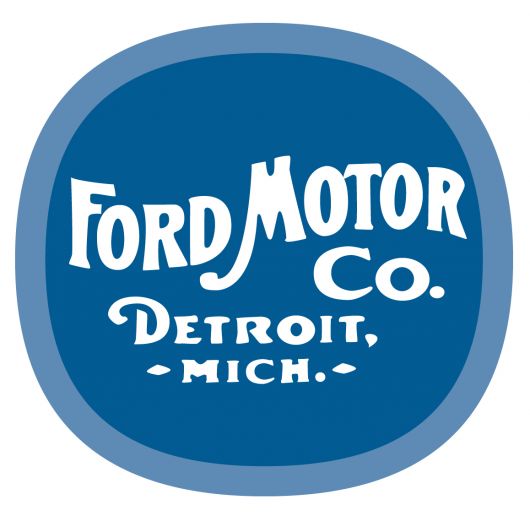Introduction
Embarking on a nostalgic journey through the annals of automotive history, we find ourselves immersed in the timeless legacy of the Ford Motor Company, an iconic name that has etched itself into the fabric of the industry for over a century. In this exploration, our focus narrows to the classics – those vintage Ford vehicles that have not only stood the test of time but continue to evoke a sense of admiration and nostalgia among enthusiasts. Here, we present a curated list of 9 classic Fords, each a testament to the brand’s commitment to innovation, style, and enduring craftsmanship.
Here is my list of 9 Classic Fords:

Ford Panel Truck 1910-1966
Henry Ford’s automotive legacy took a significant turn in 1900 when he rolled out his third creation, and this time, it was a truck. Little did he know that this moment would mark the genesis of Ford’s enduring presence in the world of commercial vehicles. Fast forward to 1917, and Ford made a pivotal stride by introducing the 1-ton chassis explicitly crafted for trucks. It was during this time that the Ford Panel Delivery underwent a transformation, adopting a distinctly truck-based persona. This redesign encompassed truck styling, featuring dual side-hinged rear doors, a more capacious cargo compartment, and an increased payload capacity, solidifying its status as a robust and utilitarian workhorse.
As the automotive landscape evolved, Ford continued to redefine its truck lineup in the 1930s. This era witnessed a comprehensive overhaul of the truck line, bringing about a metamorphosis for the panel van as well. In 1936, the Ford Panel Truck emerged as a paradigm of excellence, destined to become an iconic symbol for various businesses engaged in delivering goods to customers. Its distinctive design, with a perfect blend of form and functionality, positioned it as the quintessential vehicle for commercial endeavors.
The 1936 Ford Panel Truck, with its charismatic presence and robust performance capabilities, became a versatile and trusted companion for businesses of all kinds. From local merchants to large enterprises, this panel truck served as the backbone of delivery services, navigating the streets with efficiency and style. Its enduring popularity during this era left an indelible mark, cementing its legacy as an iconic representation of reliability and practicality in the realm of commercial transportation.
As we delve into the pages of automotive history, the story of the 1936 Ford Panel Truck stands as a testament to Ford’s commitment to innovation and adaptability. This iconic vehicle not only contributed to the evolution of truck design but also became a symbol of progress and reliability for businesses across the nation. Henry Ford’s vision of providing efficient and dependable transportation solutions found embodiment in the enduring legacy of the Ford Panel Truck, leaving an indelible mark on the roads it traveled and the businesses it served.

Ford Thunderbird 1955-1997, 2002-2005
The compelling tale of the Ford Thunderbird begins with an unexpected twist, emerging from the remnants of a smaller two-seater sports roadster known as the Vega, conceived at the insistence of none other than Henry Ford II in 1953. The initial iteration of the Thunderbird, spanning from 1955 to 1957, took the form of a striking 2-seater convertible. Intriguingly, unlike Chevrolet’s Corvette, the Thunderbird was not marketed as a sports car. Instead, Ford chose to carve a unique niche for this model, introducing it as a Personal Luxury Car and thereby creating an entirely new market segment.
In a bold move, the 1958 Thunderbird underwent a transformation, welcoming a second row of seats. Subsequent generations of the Thunderbird witnessed a gradual increase in size until Ford took the strategic decision to downsize the line in 1977. This downsizing was followed by subsequent adjustments in 1980 and 1983, reflecting the brand’s commitment to adapting to changing automotive trends and consumer preferences.
Following a hiatus of four years, the Thunderbird made a triumphant return, reverting to its original configuration as a 2-seat convertible for a three-year run. This nostalgic revival paid homage to the Thunderbird’s roots, reminding enthusiasts of its iconic stature in the automotive world. From its debut in 1955 to its temporary departure in 2005, the Thunderbird has left an indelible mark, with over 4.4 million units produced by Ford. This impressive production figure underscores the enduring popularity and cultural significance of the Thunderbird, solidifying its place as a classic within the annals of automotive history.

Ford Galaxie 1959-1975
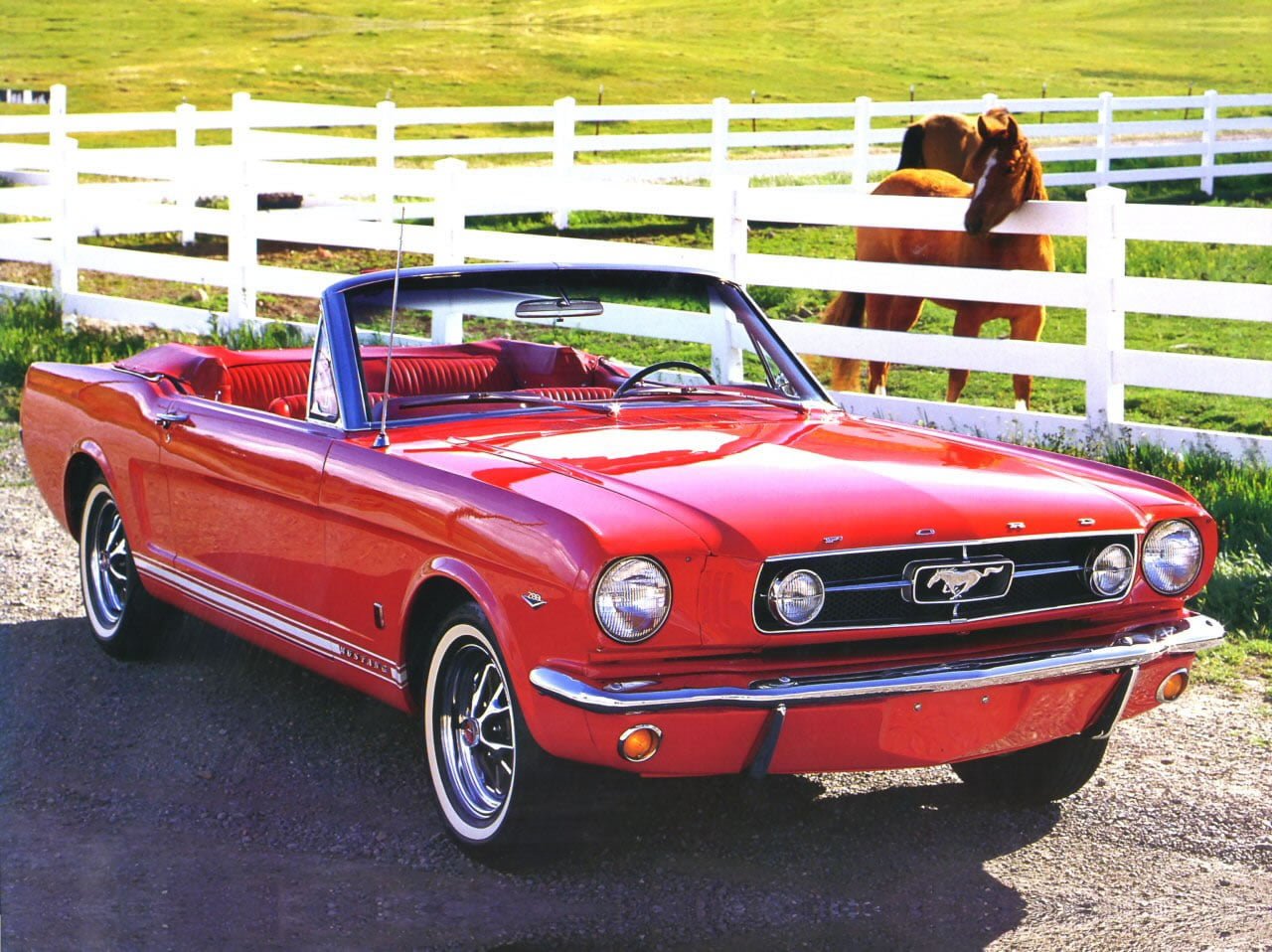
Ford Mustang 1965-Present
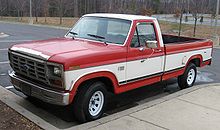
F-Series Trucks 1948-Present

Ford Model B (Model 40) 1932-1934
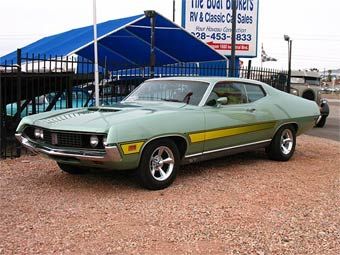
Ford Torino 1968-1976

Ford Bronco 1966-1996, 2004, 2021-Present
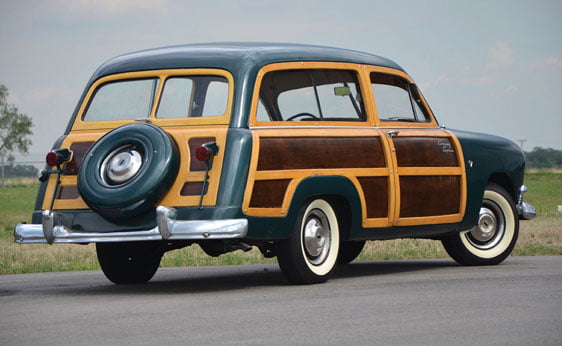
Ford Country Squire 1950-1991
The Ford Country Squire, affectionately known as the “Woodies,” stands as a classic representation of a full-sized station wagon that has left an indelible mark on automotive history. Originally, the Country Squire was a marvel of craftsmanship, featuring a steel frame, fenders, and hood, with the distinctive touch of a wooden rear body. This wooden construction not only added a touch of nostalgia but also marked an era where such designs were revered for their unique aesthetic appeal.
In the early years, the rear body of the Woodies was crafted from authentic wood, providing a warm and inviting charm to the vehicle. However, as automotive design evolved, so did the construction of the Country Squire. Post the mid-1950s, a transition occurred, and the rear body metamorphosed into a composition of fiberglass, cleverly concealed by a vinyl appliqué printed to simulate the classic wood paneling. This adaptation ensured a harmonious blend of timeless design elements with contemporary materials.
The evolution of the Country Squire is intertwined with Ford’s lineup, showcasing its adaptability and enduring appeal. Over the years, it found its base on various series, transitioning from the Custom Deluxe series in 1950 and 1951 to the Crestline from 1952 to 1954. The Fairlane embraced the Country Squire from 1955 to 1958, followed by the Galaxie from 1959 to 1966, and the LTD/LTD Crown Victoria from 1967 to 1991. This journey through different series reflects the Country Squire’s ability to seamlessly integrate into Ford’s diverse lineup, catering to changing consumer preferences.
Beyond its role as a quintessential family station wagon, the Country Squire achieved a unique pop culture status through its appearance in the 1979 film National Lampoon’s Vacation. The heavily modified 1979 Country Squire Wagon, aptly named the Wagon Queen Family Truckster, served as the hilarious and memorable mode of transportation for the Griswold family. A parody of 1970s American vehicles, the Wagon Queen Family Truckster met its comedic demise on a cross-country road trip, forever immortalized as a symbol of both nostalgia and humor within the annals of American cinema.
Conclusion
Well, buckle up because that’s just the tip of the vintage Ford iceberg! Now, I can already hear the purists saying, “Wait, what about this model?!” and the nostalgia enthusiasts chiming in with their personal favorites. Truth be told, this list barely scratches the surface of the treasure trove that is Classic Fords. It’s like trying to sum up a symphony with a single note – impossible! So, if your cherished classic Ford didn’t make the cut, fear not; this is just my personal compilation, a glimpse into the garage of my automotive memories. Now, get ready to dive into the realm of classic Fords, where every model is a chapter in the epic saga of automotive excellence, and the road is paved with the memories of roaring engines and timeless style. After all, who said nostalgia has to be one-size-fits-all? Your own list of Classic Fords probably has its own quirks and gems – feel free to share them, and let’s revel in the diverse symphony of automotive history together!

